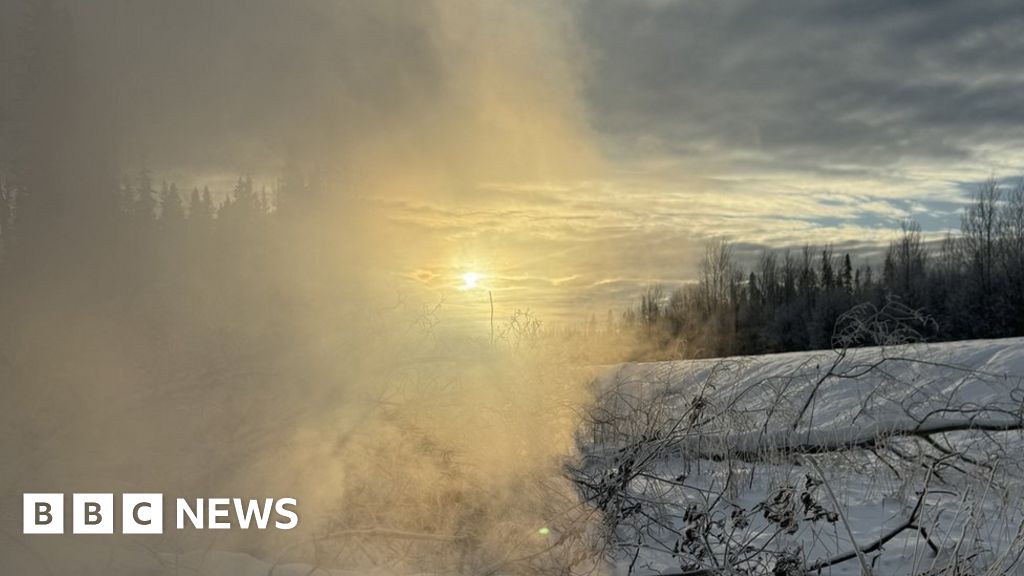They are flameless smoulders that burn slowly below the surface, and are kept alive thanks to an organic soil called peat moss common in North America's boreal forest and to thick layers of snow that insulate them from the cold.
These fires are not unusual. In the past 10 years, British Columbia has, on average, seen five or six that continue to burn during the cold months, experts say.
But in January, the province saw an unprecedented peak of 106 active zombie fires, raising concern among fire scientists about what these smoulders will mean for the upcoming wildfire season.
Most typically go out on their own before the spring, but 91 are still burning in BC, according to provincial data, and those that are not extinguished by March could reignite once the snow melts and they are exposed to air.
Because of this, scientists have linked them to early starts of wildfire seasons.
The neighbouring province of Alberta is also seeing a spike in these winter fires, with 57 burning as of early February - nearly 10 times more than the five-year average. [How about a 100 year average? Just asking.]
...
That calamitous wildfire season is one of the reasons why BC is now seeing such a high number of zombie fires, said Mike Flannigan, a professor and fire management expert at Thompson Rivers University in Kamloops, BC.
Most of them are fires that could not be put out fully by last autumn simply due to a lack of resources, he said.
By the end of [last] year, officials recorded a total of more than 2,200 wildfires in BC. [How many of those were started by Trudeauites? Just asking.]
Another reason, Prof Flannigan said, is the extreme drought that the province has been dealing with over the last two years.
...
Zombie fires were once infrequent, but scientists say they have become more common in recent years due to a rapidly warming climate.
...
And with it being an El Nino year, which spells out hot and dry conditions for western Canada, Prof Flannigan said that "the stage is set for a very active spring".





